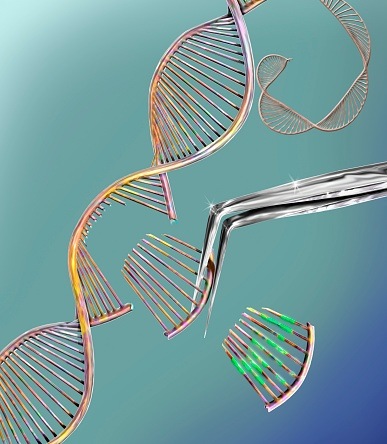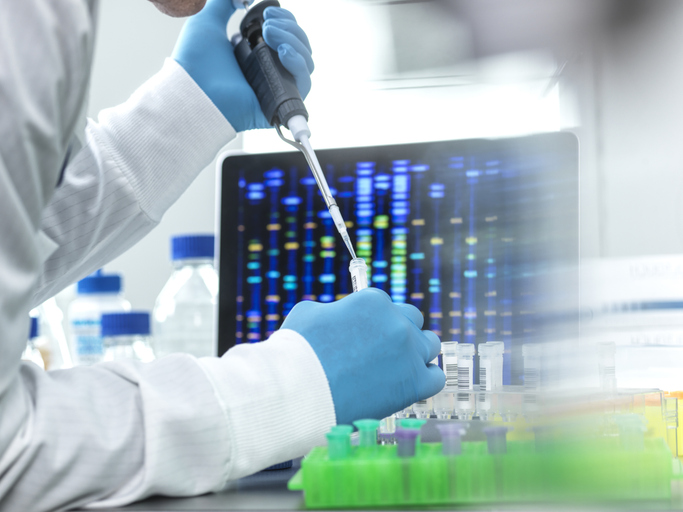
A study published in Blood found that having a parent, sibling, or child with blood cancer increases a person’s likelihood of being diagnosed with the disease.
“This information improves our understanding of the causes of – and potential inherited predisposition to – blood cancers and should inform the identification and characterization of genetic risk factors for blood cancer, as well as how we best clinically manage patients and their relatives,” said lead author Amit Sud, MD, PhD, of The Institute of Cancer Research in London, in a press release. “The results should also encourage conversations among families, clinicians, and patients about familial risk.”
The study included data from 16 million people in the Swedish Family-Cancer Database. The researchers included 153,115 patients with a primary hematological malignancy and 391,131 first-degree relatives.
Increased familial risk
The majority of hematological malignancies showed increased familial relative risks (FRRs) for the same tumor type, with the highest FRRs observed for mixed cellularity Hodgkin lymphoma (HL; standardized incidence ratio [SIR] = 16.7), lymphoplasmacytic lymphoma (SIR=15.8), and mantle cell lymphoma (SIR=13.3).
For chronic lymphocytic leukemia (CLL), the increase in risk was dependent on the age of the affected relative; whether it was a parent, sibling, or child; and the number of affected first-degree relatives.
For non-Hodgkin lymphoma, HL, and CLL, the risk was higher among those who had a sibling with the disease, while others blood cancers were more likely to occur if a parent had been diagnosed. The researchers found that the familial risk was typically more pronounced when relatives were diagnosed at younger ages.







 © 2025 Mashup Media, LLC, a Formedics Property. All Rights Reserved.
© 2025 Mashup Media, LLC, a Formedics Property. All Rights Reserved.